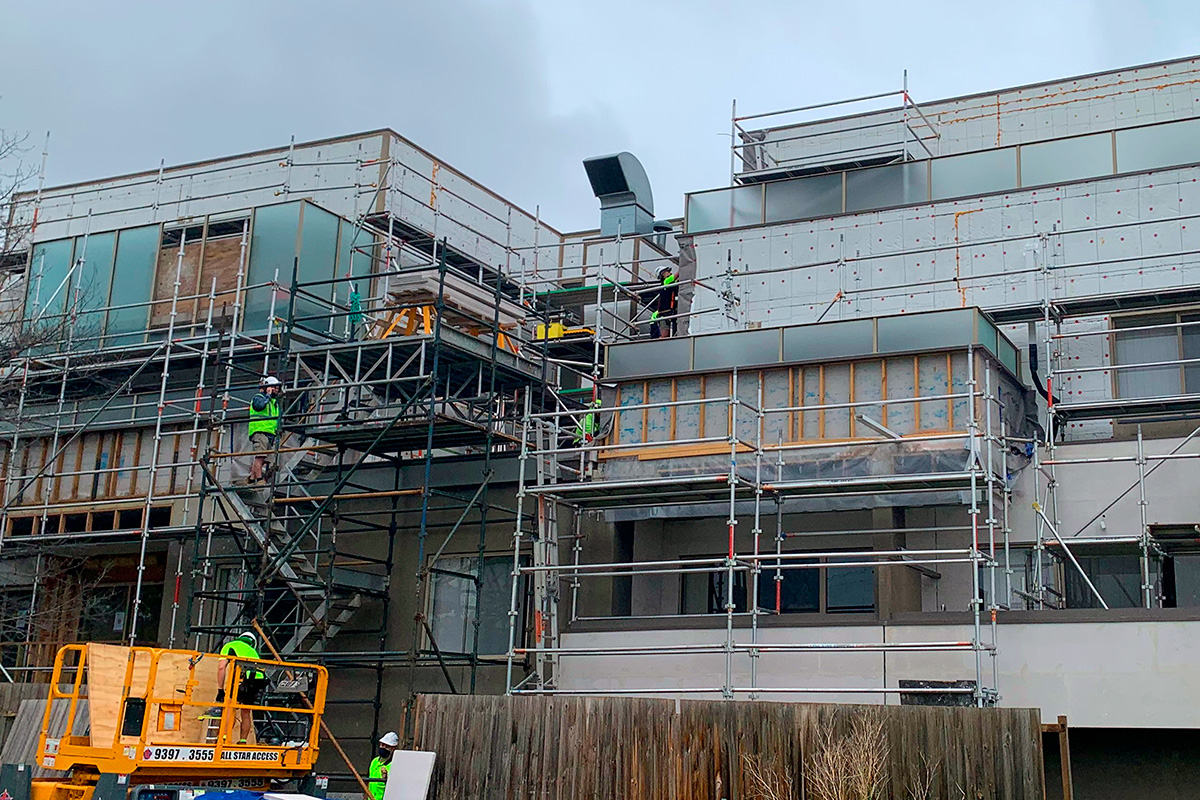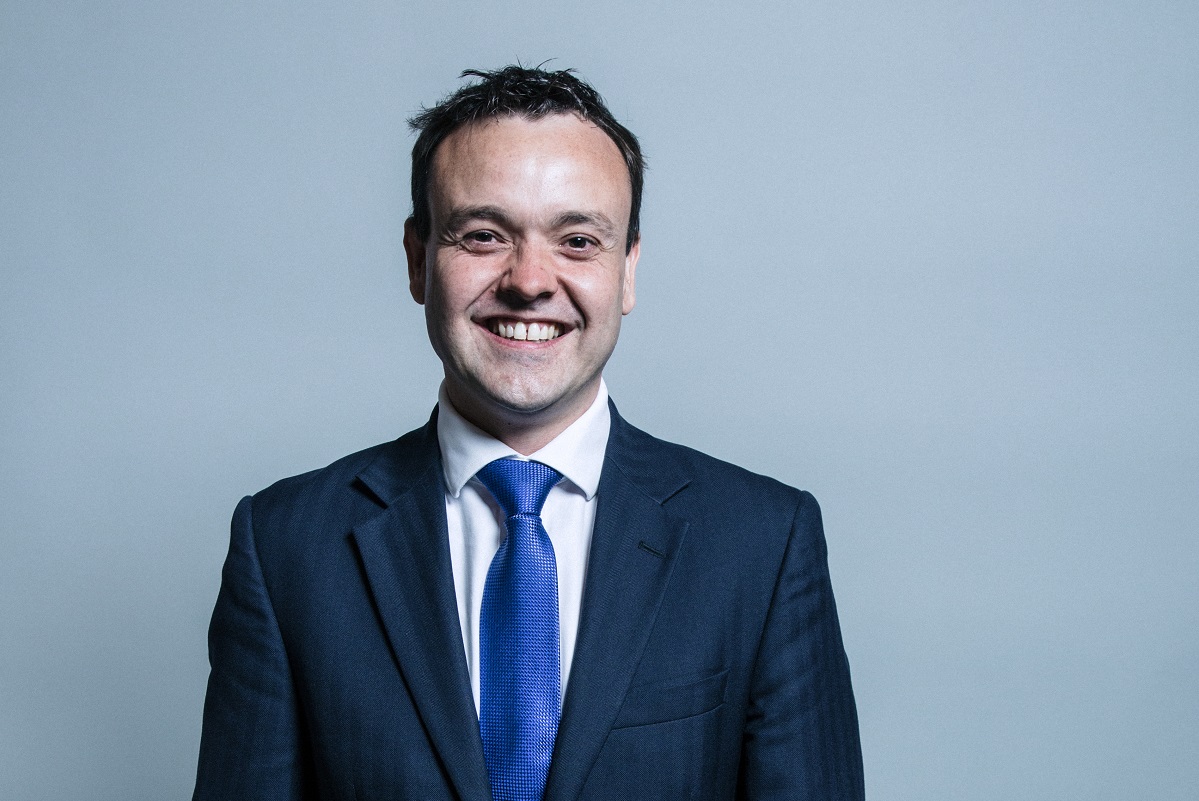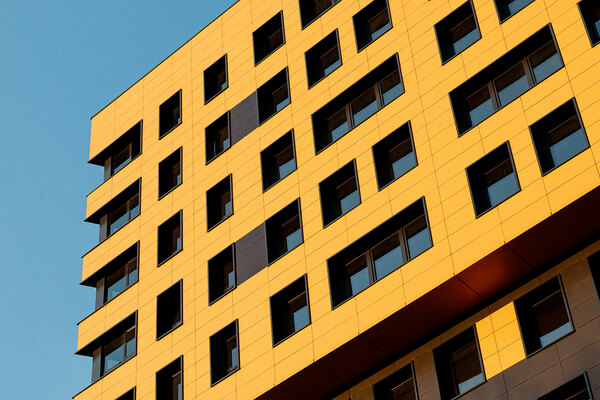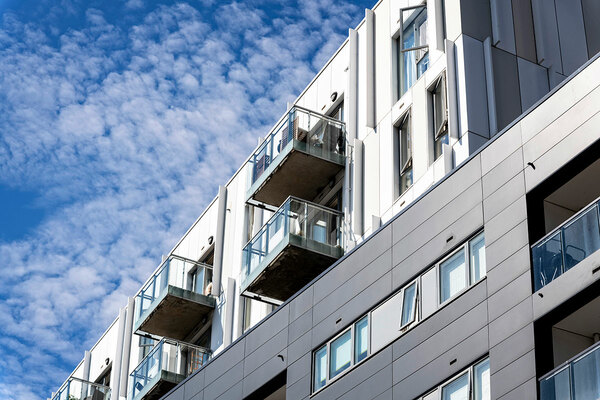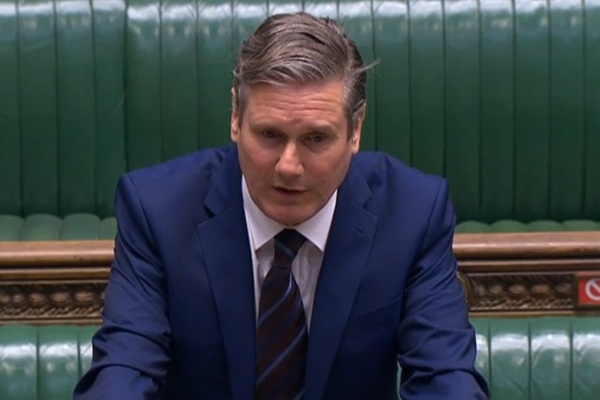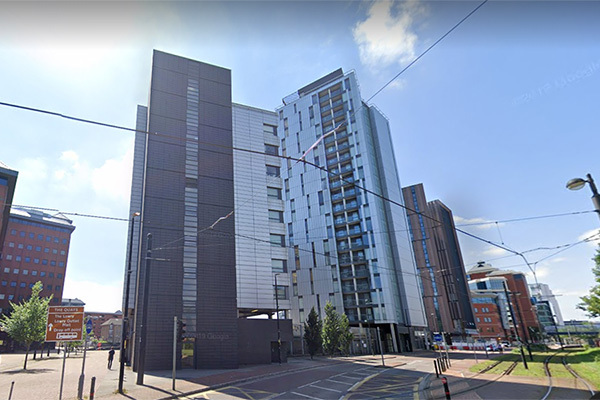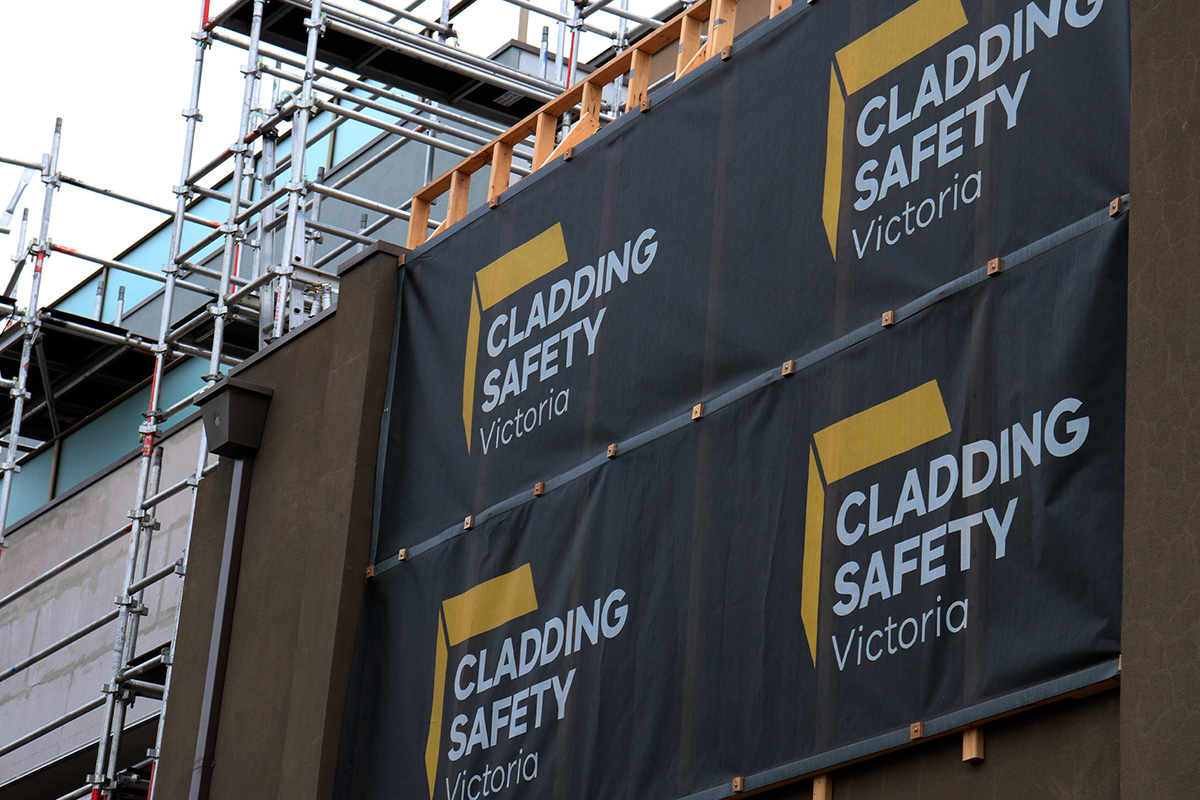You are viewing 1 of your 1 free articles
Dealing with deadly cladding Down Under
Peter Apps looks at why the state of Victoria in Australia has had more success than the UK in identifying buildings with flammable cladding
Look only at the number of buildings remediated and you might be tempted to think the Australian state of Victoria is a case study of how not to deal with the problem of dangerous cladding.
Three-and-a-half years since Grenfell (and six years since a non-fatal but serious cladding fire in downtown Melbourne), the state has removed cladding from just three of around 500 buildings with ‘extreme risk’ systems. But like most headlines, this hides more than it reveals. Victoria is pioneering a model of how to actually solve this crisis. This model has seen the programme broken down into stages: identification of the dangerous buildings, prioritisation of the most risky and only now remediation.
Inside Housing caught up with Dan O’Brien, chief executive of the newly created government body Cladding Safety Victoria, to talk about how it reached this point and where it goes next.
The history of cladding safety in Victoria predates Grenfell. The rapid spread of flames up a building with aluminium composite material (ACM) cladding in Lacrosse Tower, Melbourne, in 2014 meant work to identify other buildings with ACM was under way three years before the fire in the UK proved the horrendous consequences of leaving this risk unaddressed.
The urgency of the programme and its scope were stepped up. A state-wide audit saw every residential building with three storeys or more assessed by a municipal building surveyor. Where faults were found, interim measures were put in place to ensure the safety of the building, which had to be signed off by the state’s building authority for the property to remain occupied.
This process had culminated in 615 buildings being listed as high or extreme risk, requiring cladding removal. And that remediation task now falls to Cladding Safety Victoria, which was established by government decree last month, although it has been operating in nascent form for the past year.
Mr O’Brien explains: “This year has been a difficult year. It’s much easier when you’ve got the works and builders assigned, but you don’t just pick them out of thin air – you’ve got to go through a process. But cladding is never going to just come off – you’ve got to do a lot of work and preparation work to get to this point, and that’s what this year has been about.”
The team has been able to exclude 100 buildings from its work pile – where building surveyors came across ACM they could not categorise, they assumed it was the most combustible variety. Tests have proved this not to be the case in 100. So now Mr O’Brien is left with 500 buildings to fix.
By Christmas, 70 will be under way on site. By June this will rise to 200, and the next year another 200 or 250 will be added. This means within three years, Victoria is set to have remediated all of its highest-risk buildings. This includes all cladding types, with highly combustible extruded polystyrene a popular choice alongside ACM.
To get this done, Mr O’Brien’s team works with the building owner to appoint a project manager, assign a builder and help manage the works to completion.
In Australia ‘building owner’ means an ‘owner corporation’ – a company formed of residents that owns the common parts of the building and holds responsibility for managing major works, as opposed to the UK system, under which flat owners have time-limited leases in a building typically owned by an investment company and ‘managed’ by a private service provider. Mr O’Brien’s team has worked closely with these corporations throughout the process.
“You have to lean in to this problem to get this cladding off,” says Mr O’Brien. “I know other jurisdictions including the UK and New South Wales have got an approach which puts more of the emphasis back onto the owners but I don’t know how that’s ever going to work. Based on my experience and based on our intensive and extensive discussions with owners, we realised just how uncertain they are dealing with these complex issues.”
Crucially, Mr O’Brien can provide the funding for the work. The Victorian state government has provided a $600m fund, partly from public funds and partly from a new levy on building permits that will see the industry contribute to fix the mess it has profited from. This pot is likely to cover 400 buildings, he estimates, but he is confident it will be topped up to complete the work.
The funding is limited to cladding, though. “Through our due diligence we’re finding there may be a lack of fire separation between the units and other things. We’re starting to identify those and going back to owners and saying, ‘You have to fix those’,” he says.
These conversations are tough. Owners have little option but to take out hefty loans at interest rates of 7% or 8% to get the work done, with the building regulator breathing down their necks to ensure it is completed. “Many have bought these as a place not to invest in but to live in and they feel ripped off by the system,” he says.
There is another point of learning here for the UK. Victoria originally pursued a programme of loans to owners corporations at low rates to help cover the works, known as ’cladding rectification agreements’. But this was a failure - the residents simply did not want them and no loans were issued.
This is a route that UK politicians are considering - and have been for some time - but there is no way to force people to sign up for loans they don’t want.
While it does not fund the non-cladding works, what the Victorian agency is able to do is assist in ensuring the work gets done. “It’s taken a lot of anxiety away just that there is a government agency working with them on a solution,” he says. “We’ve helped map out not just the cladding but what we are going to do with the rest of the building.”
Compare all this to the chaotic approach in the UK, where we have not even managed to prioritise the thousands of buildings with dangerous cladding systems in order of risk. Meanwhile, the mortgage market has been thrown into turmoil and leaseholders exposed to torment and financial ruin.
There are advantages in Australia: all homes have sprinklers as standard and none rely on stay put, with fire alarms and exits required by regulations. This makes it possible to put the interim measures in to buy the time to plan a methodical approach. The state also began with a better toolkit: a building regulator and building authority to oversee the audit. Neither exists in the UK, where this work has involved underpowered and ill-resourced local authorities sending emails to offshore companies.
But there is no doubt that the territory finding the better way to deal with the challenges posed by the Grenfell fire aftermath is on the opposite side of the globe.
Sign up for our fire safety newsletter
Already have an account? Click here to manage your newsletters
